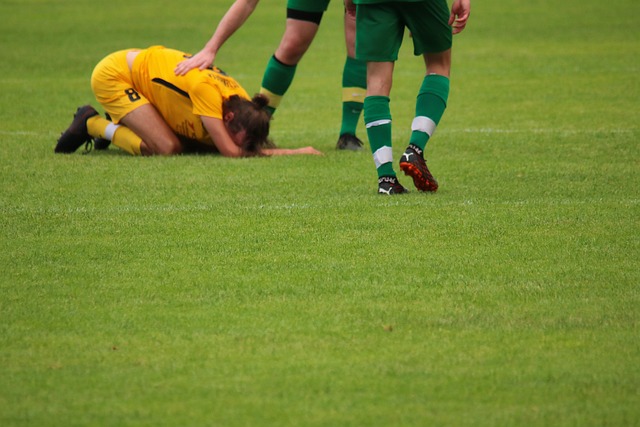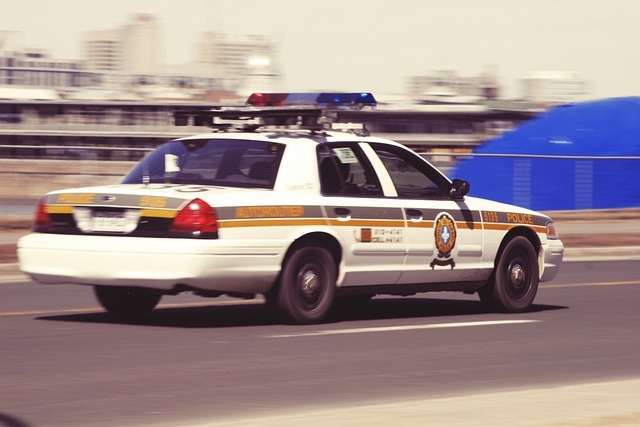The text discusses the evolving legal landscape surrounding icy sidewalk falls, reflecting increased awareness of property owners' and businesses' liability for maintaining safe public spaces during winter conditions. Recent settlements show a broader recognition of the multifaceted impacts of such falls, including physical injuries, emotional distress, and lost wages. Defendants are adopting proactive strategies like improved maintenance and salting protocols to mitigate risks. Both plaintiffs' attorneys and defendants need to adapt to these trends, with attorneys emphasizing comprehensive effects and defendants focusing on efficient legal responses and insurance coverage, particularly in elder law cases involving elderly individuals.
In today’s world, icy sidewalk falls pose significant legal challenges. As winter seasons become harsher, understanding common causes like inadequate deicing and poor maintenance is crucial for both plaintiffs seeking compensation and defendants aiming to mitigate liability. This article explores evolving legal trends in icy sidewalk fall settlements, delving into the implications of changing laws, settlement patterns, and strategic insights for all stakeholders involved. Key focus areas include identifying liable parties and negotiating fair resolutions.
- Understanding Icy Sidewalk Falls: Common Causes and Legal Implications
- Evolving Liability Laws: How Courts are Addressing Ice-Related Injuries
- Settlement Trends and Strategies: What Plaintiffs and Defendants Need to Know
Understanding Icy Sidewalk Falls: Common Causes and Legal Implications

Icy sidewalk falls are a significant concern for both pedestrians and property owners, leading to numerous legal implications. These incidents often occur due to inadequate snow removal or icy conditions left untreated, resulting in slips and falls that can cause severe injuries. Common causes include poorly maintained walkways, lack of proper de-icing measures, and uneven ice accumulation. When a pedestrian suffers an injury on an icy sidewalk, they may have grounds for legal action against the property owner or responsible party.
For individuals injured in such incidents, consulting with a personal injury attorney is crucial. A slip and fall accident involving icy sidewalks often falls under premises liability law, where property owners are held liable for keeping their premises safe for visitors. Elderly individuals, in particular, are vulnerable to these types of injuries due to reduced mobility and balance, which can lead to long-term health issues. Therefore, understanding the legal trends and rights related to icy sidewalk falls is essential for both victims and those responsible for maintaining public spaces.
Evolving Liability Laws: How Courts are Addressing Ice-Related Injuries

In recent years, there has been a notable evolution in liability laws regarding icy sidewalk falls, as courts across the nation grapple with the unique challenges posed by winter conditions. The trend suggests a growing recognition of the responsibility that property owners and businesses have in maintaining safe public spaces during snowy and icy periods. This shift is particularly evident in icy sidewalk fall cases, where plaintiffs are increasingly succeeding in holding defendants accountable for their negligence.
Judicial interpretations are moving away from strict liability, instead focusing on a more nuanced assessment of foreseeability and reasonableness. Courts are considering factors such as the severity of the ice condition, the time elapsed since the formation of the ice, and the efforts taken to mitigate the risk. This evolving legal landscape not only impacts icy sidewalk fall settlements but also serves as a broader reminder that entities must address potential hazards, especially those related to weather conditions, through proactive measures to avoid liability in defective products, employment disputes, or partnership disputes.
Settlement Trends and Strategies: What Plaintiffs and Defendants Need to Know

In recent years, icy sidewalk fall settlements have seen notable trends emerge. Plaintiffs increasingly seek compensation for not just physical injuries but also emotional distress and lost wages, reflecting a broader understanding of the impact of such falls. This shift has prompted defendants—often municipalities or property owners—to adopt more proactive strategies, focusing on preventive measures like improved maintenance schedules and better salting protocols to mitigate risks.
Both plaintiffs and defendants must adapt to these evolving trends. For plaintiffs’ attorneys, this means building stronger cases that demonstrate the comprehensive effect of icy sidewalk falls. Defendants, on the other hand, should prioritize comprehensive insurance coverage and efficient legal responses to avoid prolonged litigation. In the context of slip and fall incidents—particularly those involving elderly individuals, highlighted in elder law discussions—settling trends favor a balanced approach that accounts for both safety measures and fair compensation, aligning with broader goals of community safety and equitable resolution in employment disputes as well.
In conclusion, navigating legal trends in icy sidewalk fall settlements requires a deep understanding of common causes, evolving liability laws, and settlement strategies. As courts continue to address ice-related injuries with increasing scrutiny, plaintiffs and defendants alike must be adept at interpreting and adapting to these changes. By staying informed about the latest legal developments, individuals involved in such cases can ensure fair outcomes and better prepare for future icy sidewalk fall incidents.






